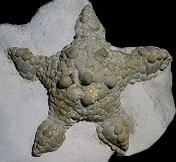 |
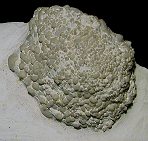 |
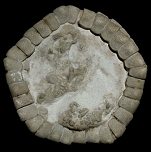 |
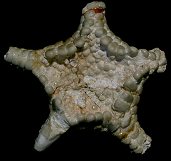 |
| STAURANDERASTERIDS | SPHAERASTERIDS | GONIASTERIDS | PYCINASTERIDS |
| Introduction | |||
BRITISH CHALK ASTEROIDS
(Starfish)
 |
 |
 |
 |
| STAURANDERASTERIDS | SPHAERASTERIDS | GONIASTERIDS | PYCINASTERIDS |
| Introduction | |||
A wide variety of Asteroids (starfish) are found in the British Chalk and, though complete specimens are rare, isolated ossicles (bones of the skeleton) are extremely common. It is often possible to identify the species of a solitary ossicle by its morphology and surface ornamentation, and a selection of distinctive ossicles are given below. Commonly, ossicles are found as disorganised clusters interpreted as pellets / regurgitates discharged by an unidentified Asteroid-eating predator (example). Often it is possible to reconstruct disarticulated individuals, whose marginal frames fit together like a complex jigsaw puzzle (example). Rarely, ossicles can be found incorporated into burrow walls (example).
A few species comprise the vast majority of finds. The White Chalk is dominated by Metopaster and Crateraster, whose small and well built skeletons may well have aided their preservation (distinguish Metopaster and Crateraster). The classic Grey Chalk starfish is Calliderma smithae, though well preserved remains are only likely to be encountered in museum collections.
The familiar Chalk starfish have either highly reduced arms and robust marginal frames (e.g. Metopaster hunteri, Valettaster occelatus) or bulbouse arms and well armoured bodies (e.g. Manfredaster bulbiferus, Crateraster obtusus). Complete specimens of the familiar 'stellate' (star-shaped) starfish (e.g. Nymphaster) are amongst the rarest of chalk fossils, though this may reflect their low preservation potential rather than their actual frequency on the Chalk seafloor. Alternatively, some external factor, such as predation, may have placed selective pressures on forms with long arms.
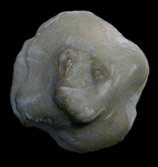 |
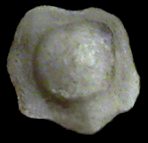 |
 |
| Stauranderaster coronatus | Stauranderaster squamatus | Stauranderaster pistilliferus |
| | ||
|
|
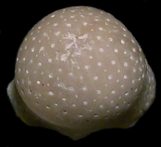 |
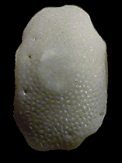 |
| Stauranderaster boysii | Manfredaster bulbiferus | Hadranderaster abbreviatus |
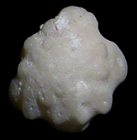 |
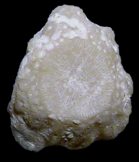 |
| Valettaster argus | Valettaster ocellatus |
| Goniasterids | |
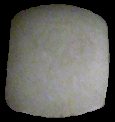 |
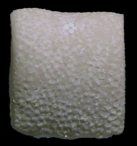 |
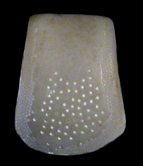 |
| 'Crateraster' obtusus | Crateraster quinqueloba | Recurvaster blackmorei |
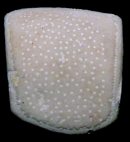 |
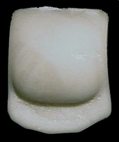 |
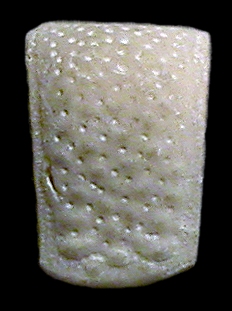 |
| Metopaster parkinsoni | Metopaster uncatus | Metopaster hunteri |
| Pycinasterids |
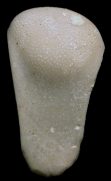 |
| Pycinaster |
| References |
GALE, A.S. 1987. Goniasteridae (Asteroidea, Echinodermata) from the Late Cretaceous of north-west Europe. 1. Introduction. The genera Metopaster and Recurvaster. Mesozoic Research, 1, 1-69.
GALE, A.S. 1986. Goniasteridae (Asteroidea, Echinodermata) from the Late Cretaceous of north-west Europe. 2. The genera Calliderma, Crateraster, Nymphaster and Chomataster. Mesozoic Research, 1, 151-186.
GALE, A.S. 1989. Migration and evolution in Late Cretaceous Goniasteridae (Asteroidea, Echinodermata) from north-west Europe. Proceedings of the Geologists Association, 100 (3), 281-291.
RASMUSSEN, H.W. 1950. Cretaceous Asteroidea and Ophiuroidea with special reference to the species found in Denmark. Danmarks Geologiske Undersøgelse, 77, 1-134.
SLADEN, W.P., and SPENCER, W.K. 1891-1908. A monograph of the British fossil Echinodermata from the Cretaceous Formations, Vol. II, the Asteroidea and Ophiuroidea. Palaeontographical Society.
WRIGHT, C. W., and SMITH, A. B. 2002. Echinoderms, in: Fossils of the Chalk (2nd Edition), Smith A. B. & Batten D.J. (Ed.s), Palaeontological Field Guide to Fossils, No. 2 , Palaeontological Association, London.
WRIGHT, C.W., and WRIGHT, E.V. 1940. Notes on Cretaceous Asteroidea. Quarterly Journal of the Geological Society of London, 96, 231-248.